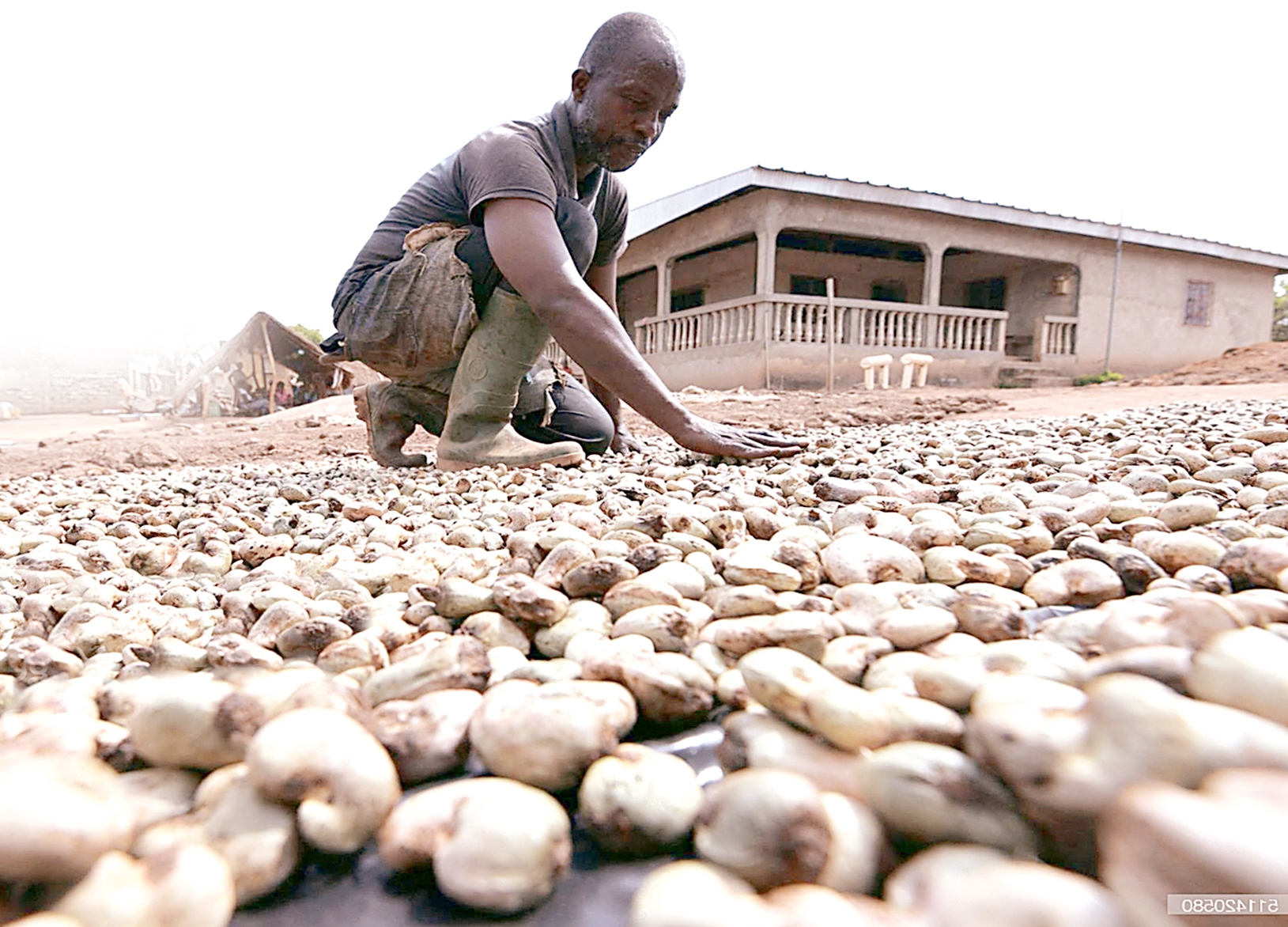A season of reckoning at Sauti Za Busara 2018

Segere Original (inset), Grace Matata (bottom left) and Msafiri Zawose (bottom right), will all feature at this year’s event. PHOTO | FILE
What you need to know:
Having suffered a setback in 2016 when the festival took a hiatus due to funding issues, they now look set to produce a world class show that suits the pedigree of the festival.
Dar es Salaam. The Sauti Za Busara festival is about three weeks away and already there is plenty of action at both the headquarters and at the Old Fort.
Having suffered a setback in 2016 when the festival took a hiatus due to funding issues, they now look set to produce a world class show that suits the pedigree of the festival.
Organisers have announced that the festival that has been named among Africa’s best by CNN and the BBC is set for its 15th edition beginning on February 8 to 11 at the Old Fort in Stone Town Zanzibar.
This year’s festival is set to be held under the theme United in Music because organisers believe in the universal language of music.
Featuring an array of artistes and groups that represent Africa’s diversity, this has so many times proved to be the stage where African stars show the world their true creative powers in an iconic setting that dates several centuries back.
“This stage has hosted some of the hottest artistes in the past and this year it is not going to be any different and we are up and running to make sure that the festival takes place as planned,” says festival director Yusuf Mahmood. According to him the globally acclaimed extravaganza takes place at the Old Fort and Forodhani Gardens, hosting 46 exhilarating music performances bringing over 460 artistes on three different stages on four nights in February.
“All the 46 groups and artistes that were selected have confirmed their participation,” he says.
According to him Tanzanians and international visitors from all over the world should look forward to an exciting and diverse line-up of highly talented musicians whose talents have been the talking point across Africa and beyond.
The 2018 edition beat odds with more than 400 applications being received during the selection process that organisers say was a bit head-cracking given the fact that most of the groups that applied had the qualities, but organisers were looking for what they call the ‘Busara qualities’.
As some have already labelled it, this could be the best line-up that Sauti za Busara has assembled in recent years mixing both the young and old, all sharing one objective as they stand ‘United in Music’.
The groups that represent Africa’s diversity are from Algeria, Burundi, DRC, Egypt, Kenya, Malawi, Morocco, Rwanda, Senegal, South Africa, Uganda and Zimbabwe.
Taking off from where the 14th edition left off, the list also features iconic sounds from Tanzania Mainland and Zanzibar with 15 groups out to show the world the rich attributes of Tanzanian music.
The local revellers are set to witness the rebirth of Tanzania songstress Saida Karoli who returned to music last year with a bang after several years off the stage.
The groups include Kasai Allstars (DRC), Zakes Bantwini (South Africa), Somi (Uganda / USA), Msafiri Zawose (Tanzania), Ribab Fusion (Morocco), Kidum & the Boda Boda Band (Burundi / Kenya), Mlimani Park Orchestra (Tanzania),
Also on the rich list are Grace Matata (Tanzania), Mohamed Ilyas & Nyota Zameremeta (Zanzibar), Makadem (Kenya), Diana Samkange ‘MaNgwenya’ (Zimbabwe), Fatma Zidan (Egypt / Denmark), Inganzo Ngari (Rwanda).
Others are Segere Original (Tanzania), Simangavole (Reunion), Maia & the Big Sky (Kenya), Kiltir (Reunion), El Dey (Algeria), Simbin Project (Senegal / Switzerland), CAC Fusion (Tanzania), Mbanaye (Malawi), Ernest Ikwanga (Malawi) and Isack Abeneko (Tanzania).
Keeping in the true tradition of the Sauti Za Busara all the groups will perform live with the first performance taking place at Kisonge before the Carnival Parade sets off the proceedings for four days of great entertainment at the Mambo Club, Amphitheatre and at the Forodhani Gardens.
As Yusuf Mahmoud, Festival Director recently said, “Music is a universal language, through which the world sees Africa is positive; Africa is vibrant, Africa is rich in its many cultures and expressions. We need to build bridges of peace and unity across the world; what better way to do this than through the universal language of music?”
Many musicians corroborate the festival director’s view given the fact that the season has been confirmed as another tourism season by local authorities in Zanzibar as the number of visitors to the Isles almost double.
According to Maryam Hamdani, leader of Zanzibar’s Tausi Women’s Taarab group, the festival brings many benefits for local artists.
“Sauti za Busara festivals are vital to us musicians as well as music fans. Through the years Busara has managed to promote us and made us stronger and stronger as we get a place to show our abilities. We have learnt a lot from meeting different musicians. We have gained a lot from the various workshops. We gained a lot from the encounters with musicians and journalists from all over the world,” she told the Beat
As a result every year, artists spotted at Sauti za Busara are invited to perform at other festivals around Africa, Europe and beyond.
Local musicians seen at the festival in Zanzibar who were then invited to perform internationally include Msafiri Zawose, Jagwa Music, Leo Mkanyia, Jahazi Modern Taarab, Tausi Women’s Taarab, Culture Musical Club, Maulidi ya Homu ya Mtendeni and many more.
Interestingly, they all illustrate examples of original music with cultural identity that is unique and can only be found in East Africa, which has been one of the guiding factors in the choices of the artistes selected over the years.




